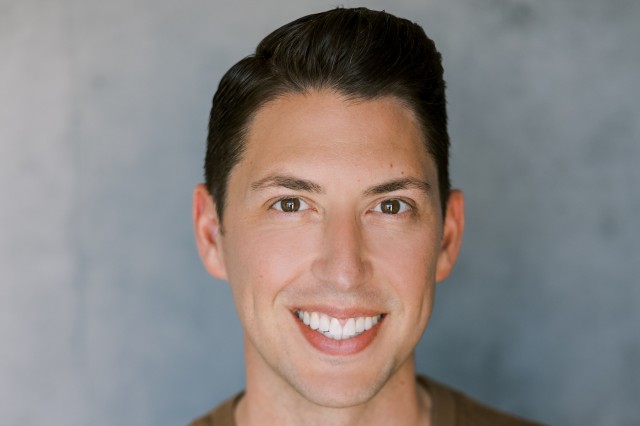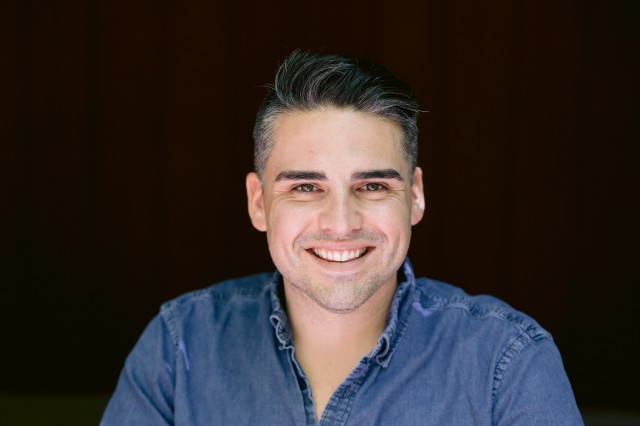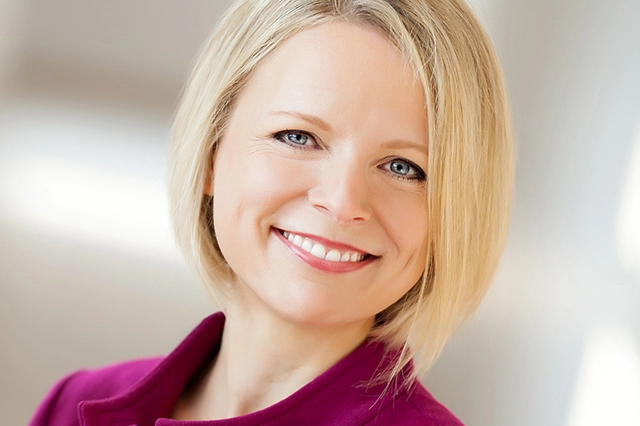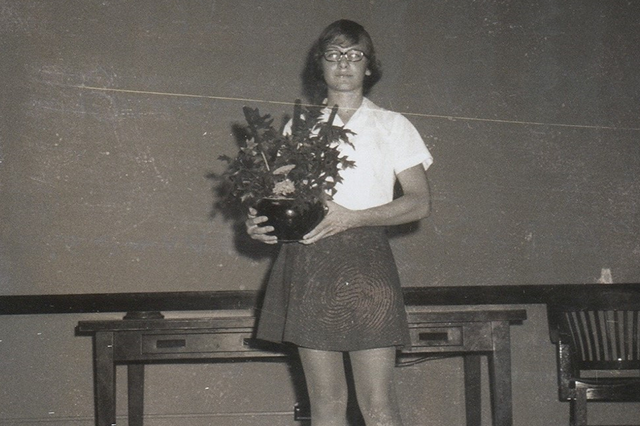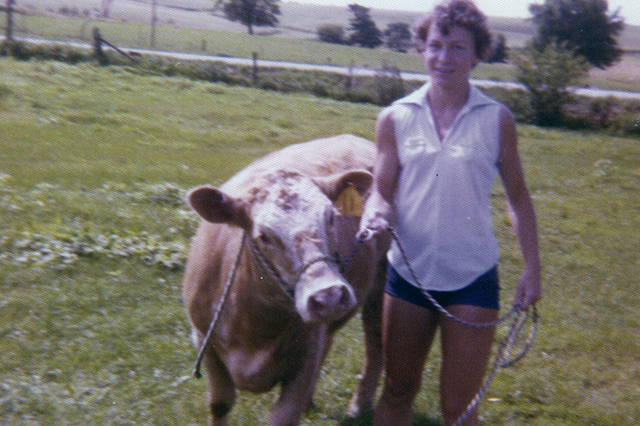As co-chair of the Congressional 4-H Caucus, I join a group of 55 Representatives who are advocates, champions and alumni of 4-H, raising awareness of the organization’s impact on young people and communities across the United States. We are a community of leaders who use our national platforms to impact the districts we serve locally.
As one of eight children born to migrant farm workers in Laredo, Texas—in a household where we primarily spoke Spanish—I was raised with a passion for advancement and an unwavering work ethic. My parents emphasized education, and to them at that time, a high school education was a great achievement. However, they continued to support me as I went beyond what was expected of me, earning a Juris Doctor and Ph.D. from the University of Texas at Austin.
Today, as the most degreed member of Congress, I credit my education to what my parents instilled in me and their vision for my future. Due to their influence, my public service to Texas is still informed by the values of my local communities.
This Hispanic Heritage Month, I’m proud to join 4-H in their commemoration of recognition for Hispanic and Latinx individuals across the nation. The campaign, “La Comunidad,” exemplifies the importance of community and celebrates all aspects of what a community means to us all. Today, it is my honor to represent and give back to my community by serving as the U.S. Representative of the 28th District of Texas.
I support my community through the continued development and expansion of the Texas Grant Program, which allows thousands of students the chance to achieve a college education, particularly minorities. I address local agricultural, and nutrition needs by serving on the House Appropriations Agriculture Subcommittee, which provides funding for farmers, ranchers, nutrition programs, food banks, school lunches, and more. Most importantly, I represent my community by being a voice for underserved and underrepresented communities who deserve fair and equitable opportunities to thrive.
Coincidentally, this week is National 4-H Week, a time to celebrate the life-changing experiences and opportunities 4-H provides to all its members in every corner of the nation. It is a celebration of the diversity of 4-H, and how all young people—our future community leaders—have a safe and inclusive space to succeed within their communities and our country.
A community is where we experience fellowship and share commonalities with the people around us. Family, friends, togetherness, hope, experiences, opportunities—that is how we define a community, and this is what 4-H represents.
Sincerely,
Henry Cuellar
Member of Congress
28th District of Texas









